Home>diy>Building & Construction>What Structure Used Digital Fabrication In Its Construction?


Building & Construction
What Structure Used Digital Fabrication In Its Construction?
Modified: January 3, 2024
Discover the cutting-edge techniques used in the building construction industry, as we explore the innovative use of digital fabrication in the construction of a remarkable structure.
(Many of the links in this article redirect to a specific reviewed product. Your purchase of these products through affiliate links helps to generate commission for Storables.com, at no extra cost. Learn more)
Introduction
In the fast-evolving world of construction, digital fabrication has emerged as a game-changing technology that is revolutionizing the way buildings are designed and constructed. By combining advanced computer modeling and precision manufacturing techniques, digital fabrication allows for the creation of complex and custom-made building components with unparalleled accuracy and efficiency. In this article, we will explore three fascinating case studies that demonstrate the successful implementation of digital fabrication in building construction.
Key Takeaways:
- Digital fabrication techniques, such as 3D printing and CNC milling, have revolutionized the construction industry by enabling highly customized, precise, and visually striking building components. These techniques have significantly reduced construction time, minimized waste, and enhanced sustainability.
- Despite initial challenges, the successful integration of digital fabrication in Buildings A, B, and C has demonstrated the transformative power of advanced technology in pushing the boundaries of architectural design, customization, efficiency, and sustainability in construction.
Read more: What Is A Structure In Construction
Case Study: Building A
Building A is a groundbreaking project that showcases the potential of digital fabrication in creating sustainable and energy-efficient structures. The design concept for Building A aimed to minimize its environmental impact by utilizing renewable materials and optimizing energy use. To achieve this, digital fabrication techniques were employed to create unique and intricate building components that would enhance the overall performance and aesthetics of the structure.
One of the main digital fabrication techniques used in Building A was 3D printing. This innovative technique allowed for the creation of complex geometries and intricate details that would have been difficult, if not impossible, to achieve using traditional construction methods. By 3D printing certain components, such as facade elements and interior fixtures, Building A was able to achieve a higher level of customization while reducing waste and construction time.
Furthermore, Building A incorporated parametric design principles, which enabled architects and engineers to optimize the building’s structural performance and energy efficiency. Digital fabrication techniques such as computer numerical control (CNC) milling were utilized to fabricate precise structural elements based on the parametric design parameters. This approach not only ensured the structural integrity of the building but also minimized material waste during the fabrication process.
Despite the numerous advantages of digital fabrication, Building A faced several challenges during its construction. One of the main challenges was the need for sophisticated software and hardware infrastructure to facilitate seamless communication between the design team and the fabrication team. This required close collaboration and coordination throughout the project’s lifecycle, from initial design to fabrication and installation.
However, the benefits of digital fabrication in Building A far outweighed the challenges. The use of digital fabrication techniques significantly reduced construction time and waste material, resulting in cost savings and a more sustainable building. Moreover, the ability to customize building components allowed for intricate and visually striking designs that added value to the overall aesthetic appeal of the structure.
Building A serves as a testament to the transformative power of digital fabrication in the construction industry. It showcases how technology can be harnessed to create innovative and sustainable buildings that not only meet functional requirements but also push the boundaries of architectural design.
Key Takeaways:
- Digital fabrication techniques, such as 3D printing and CNC milling, have revolutionized the construction industry by enabling highly customized, precise, and visually striking building components. These techniques have significantly reduced construction time, minimized waste, and enhanced sustainability.
- Despite initial challenges, the successful integration of digital fabrication in Buildings A, B, and C has demonstrated the transformative power of advanced technology in pushing the boundaries of architectural design, customization, efficiency, and sustainability in construction.
Read more: What Is A Structure In Construction
Case Study: Building A
Overview
Building A is a multi-story commercial building located in the heart of a bustling city. It serves as a hub for various businesses, providing office spaces, retail units, and recreational facilities. The building was designed to blend seamlessly with its urban surroundings while incorporating sustainable features to reduce its environmental impact.
The overall design of Building A is characterized by its sleek and modern aesthetic. The architects aimed to create a structure that not only stands out in the skyline but also maximizes natural light and ventilation. The building features large windows, open-air atriums, and green spaces that contribute to a vibrant and eco-friendly environment.
The interior of Building A is designed to be flexible and adaptable, catering to the diverse needs of its occupants. Open floor plans, movable partitions, and smart systems allow for easy customization and reconfiguration of office spaces. This design approach promotes collaboration and innovation, enhancing productivity and employee satisfaction.
In terms of sustainability, Building A incorporates a range of eco-friendly features. Solar panels are installed on the rooftop to harness clean energy and reduce reliance on the grid. Additionally, rainwater harvesting systems are implemented to collect and reuse water for irrigation and graywater purposes. Energy-efficient lighting and HVAC systems are also integrated to minimize energy consumption and reduce the building’s carbon footprint.
Digital fabrication played a crucial role in the construction of Building A, enabling the implementation of the design vision and sustainability goals. The use of advanced technology allowed for the creation of intricate and precise building components, contributing to the overall aesthetics and functionality of the structure.
Key elements of the building, such as the unique façade panels and custom-designed furniture, were fabricated using digital techniques such as 3D printing and CNC milling. This resulted in a high level of precision and customization, enhancing the visual appeal and functionality of the building.
Overall, Building A stands as a prime example of how digital fabrication can be applied to create sustainable and aesthetically pleasing structures. By leveraging advanced technologies, architects and engineers were able to push the boundaries of design and construction, resulting in a building that is both visually striking and environmentally conscious.
Key Takeaways:
- Digital fabrication techniques, such as 3D printing and CNC milling, have revolutionized the construction industry by enabling highly customized, precise, and visually striking building components. These techniques have significantly reduced construction time, minimized waste, and enhanced sustainability.
- Despite initial challenges, the successful integration of digital fabrication in Buildings A, B, and C has demonstrated the transformative power of advanced technology in pushing the boundaries of architectural design, customization, efficiency, and sustainability in construction.
Read more: What Is A Structure In Construction
Case Study: Building A
Read more: What Is Said To Be The Earliest Gothic Structure In France Who Was The Director Of Its Construction
Design Concept
The design concept for Building A was inspired by the concept of biomimicry, which seeks to emulate the efficiency and resilience found in nature. The architects drew inspiration from natural forms and processes to create a building that seamlessly blends with the environment and optimizes resource utilization.
One of the key design features of Building A is its organic and flowing shape. The architectural team studied the patterns and structures found in nature, such as the fluidity of water and the curvature of plants, to inform the building’s design. The result is a structure with sweeping curves and dynamic lines that evoke a sense of movement and harmony.
In addition to its aesthetic appeal, the design of Building A incorporates functional elements that enhance energy efficiency and occupant comfort. The building’s orientation and shape are optimized to maximize natural daylighting and minimize heat gain, reducing the need for artificial lighting and cooling systems. The incorporation of shading devices, such as brise-soleil and overhangs, further helps to control solar heat gain and glare.
The use of biomimetic principles extends beyond the building’s exterior design. The interior spaces are designed to mimic natural ecosystems, promoting a healthy and productive work environment. The incorporation of green walls, indoor gardens, and natural ventilation systems creates a connection to nature and improves air quality.
Moreover, the design of Building A prioritizes sustainable materials and construction practices. Recycled and locally sourced materials were used wherever possible, reducing the building’s carbon footprint and supporting the local economy. The construction process itself was carefully planned to minimize waste and disruption to the surrounding area.
Digital fabrication played a crucial role in bringing the design concept to life. The ability to create custom-made building components allowed for the realization of the organic shapes and intricate details envisioned by the architects. Through digital fabrication techniques such as 3D printing and CNC milling, the architects were able to achieve a level of precision and complexity that would have been difficult to achieve with conventional construction methods.
Overall, the design concept of Building A harmoniously blends biomimetic principles, sustainability, and advanced digital fabrication techniques. The result is a visually stunning and environmentally conscious structure that pays homage to the beauty and efficiency of nature.
Key Takeaways:
- Digital fabrication techniques, such as 3D printing and CNC milling, have revolutionized the construction industry by enabling highly customized, precise, and visually striking building components. These techniques have significantly reduced construction time, minimized waste, and enhanced sustainability.
- Despite initial challenges, the successful integration of digital fabrication in Buildings A, B, and C has demonstrated the transformative power of advanced technology in pushing the boundaries of architectural design, customization, efficiency, and sustainability in construction.
Read more: What Is A Structure In Construction
Case Study: Building A
Digital Fabrication Techniques Used
In the construction of Building A, several digital fabrication techniques were employed to bring the design concept to fruition. These techniques leveraged advanced technology to fabricate complex and customized building components with a high level of precision.
One of the key digital fabrication techniques used in Building A was 3D printing. This innovative technology allowed for the creation of intricate and customized building elements, such as facade panels and interior fixtures. 3D printing enabled the architects to translate their design concepts into physical reality, overcoming the limitations of traditional construction methods. The ability to fabricate complex geometries and unique shapes with precision and ease revolutionized the construction process.
CNC milling was another digital fabrication technique utilized in the construction of Building A. This technique involves the use of computer-controlled machines to carve out precise shapes and contours from solid materials. CNC milling was used to fabricate structural components, furniture pieces, and decorative elements, ensuring a high level of accuracy and consistency in the final product. The use of CNC milling not only improved efficiency but also allowed for greater customization and intricate detailing.
Parametric design tools played a crucial role in the digital fabrication process for Building A. These tools allowed architects and engineers to create a digital model with intelligent algorithms and parameters that drive shape and form. The parametric design parameters were then used to generate fabrication instructions for digital fabrication machines, ensuring a seamless integration between the design and fabrication processes. This approach enhanced precision, efficiency, and flexibility throughout the construction of Building A.
Building Information Modeling (BIM) was used as a digital platform to streamline the communication and collaboration between the various stakeholders involved in the project. BIM facilitated the exchange of information, allowed for the integration of different design disciplines, and helped in the coordination of construction activities. The use of BIM minimized errors, reduced rework, and improved overall project efficiency.
The combination of these digital fabrication techniques brought tremendous benefits to the construction of Building A. By utilizing advanced technology, the architects and construction teams were able to achieve a higher level of customization, precision, and efficiency. This resulted in a building that not only met the design vision but also surpassed the expectations in terms of functionality and aesthetics.
Challenges and Benefits
Case Study: Building B
Building B is a residential complex that showcases the successful application of digital fabrication techniques in the construction of sustainable and affordable housing. However, this project also encountered several challenges along the way.
One of the main challenges faced during the construction of Building B was the initial cost of implementing digital fabrication technologies. Acquiring the necessary hardware and software infrastructure, as well as training the workforce to operate these technologies, required a significant investment. However, despite the initial cost, the long-term benefits outweighed the challenges, making it a worthwhile investment.
Another challenge during the construction of Building B was the need for close collaboration and coordination between the design team and the fabrication team. The architects and engineers had to work closely with the fabricators to ensure that the design vision was accurately translated into the fabricated components. This required effective communication, detailed planning, and regular meetings to address any issues that arose during the process.
Despite these challenges, Building B reaped numerous benefits from the use of digital fabrication techniques. One of the key benefits was the ability to create custom-made components that perfectly fit the design specifications. This level of precision and customization allowed for efficient use of materials and reduced wastage, resulting in cost savings and a more sustainable construction process.
The use of digital fabrication also significantly reduced construction time for Building B. Prefabricated elements, such as wall panels and floor systems, were manufactured off-site using digital fabrication techniques. This allowed for parallel construction processes, where the foundation work and site preparation could proceed simultaneously with the fabrication of building components. As a result, the construction schedule was expedited, minimizing the overall project timeline.
Additionally, the implementation of digital fabrication in Building B improved the quality and durability of the construction. The use of advanced technology ensured that the components were fabricated with a high level of precision and consistency. This resulted in a structurally sound and aesthetically pleasing final product.
Moreover, digital fabrication techniques significantly reduced labor requirements, as certain tasks that were traditionally done manually could now be automated or streamlined. This not only reduced labor costs but also addressed potential workforce shortages in the construction industry, making the construction process more efficient and reliable.
Overall, Building B stands as a testament to the benefits of utilizing digital fabrication techniques in construction. Despite the challenges faced during the project, the implementation of advanced technology resulted in cost savings, reduced construction time, improved quality, and increased sustainability, making it a successful case study for the integration of digital fabrication in residential construction.
Case Study: Building B
Overview
Building B is an innovative residential complex located in a vibrant urban area. The project was driven by the goal of providing sustainable and affordable housing options to the community. By leveraging digital fabrication techniques, Building B was able to achieve a high level of customizability, efficiency, and sustainability in its construction.
The overall design of Building B is focused on creating a sense of community and enhancing the quality of life for its residents. The complex consists of multiple modular housing units that are designed to be flexible and adaptable. The use of digital fabrication techniques allowed for customization of the unit layouts and sizes to meet the diverse needs of residents while optimizing the use of available space.
One of the key design features of Building B is its emphasis on green spaces and sustainable living. The complex incorporates rooftop gardens, vertical green walls, and communal outdoor areas, providing residents with access to nature and promoting a healthy and eco-friendly lifestyle. The incorporation of sustainable materials and energy-efficient systems further enhances the overall sustainability of the complex.
The construction of Building B utilized various digital fabrication techniques to streamline the fabrication and assembly processes. Prefabrication was a key component of the construction approach, where building components were manufactured off-site using digital fabrication technologies, such as 3D printing and robotic assembly. This allowed for faster construction timelines, reduced waste, and improved quality control.
Digital fabrication techniques were instrumental in the production of modular housing units in Building B. Components such as wall panels, floor systems, and fixtures were fabricated using precise measurements and custom designs. This high level of accuracy ensured a seamless assembly, reducing construction time and costs while maintaining a high standard of quality.
In addition to improving efficiency, digital fabrication techniques also allowed for design customization to cater to the unique needs and preferences of residents. By leveraging parametric design tools and computer modeling, architects were able to create personalized living spaces that met the specific requirements of each housing unit. This level of customization adds value to the residents’ overall living experience.
Overall, Building B successfully demonstrates the benefits of digital fabrication in the construction of sustainable and affordable housing. The integration of advanced technology not only improved efficiency and cost-effectiveness but also enhanced the overall quality and sustainability of the residential complex. Building B stands as an exemplary case study for incorporating digital fabrication techniques to create livable and community-focused housing solutions.
Case Study: Building B
Read more: What Is Said To Be The Earliest Gothic Structure In France Who Was The Director Of Its Construction
Design Concept
The design concept of Building B was centered around the idea of creating a sustainable and community-focused residential complex that caters to the diverse needs of its residents. The architects aimed to strike a balance between functionality, aesthetics, and environmental considerations.
One of the main design principles of Building B was the incorporation of modular construction. This approach allowed for a higher level of flexibility and adaptability in the design and layout of the housing units. The modular nature of the construction also facilitated off-site fabrication, ensuring quality control and efficient assembly on-site.
Building B was designed to prioritize community engagement and interaction. The layout of the complex encourages residents to connect and build relationships through the integration of communal spaces, such as shared gardens, playgrounds, and common areas. The design promotes a sense of belonging and fosters a supportive community environment.
The architecture of Building B embraces simplicity and clean lines, creating a visually appealing and timeless aesthetic. The use of natural materials, such as wood and recycled elements, contributes to the overall sustainability of the complex while adding warmth and character to the design. The incorporation of large windows and open-air balconies allows for abundant natural light and ventilation, enhancing the living experience for residents.
In terms of sustainability, Building B integrated various green building features. The complex incorporates renewable energy sources, such as solar panels and wind turbines, to generate clean electricity. Rainwater harvesting systems and greywater recycling systems help conserve water resources. The use of energy-efficient appliances and LED lighting throughout the complex further minimizes energy consumption and reduces environmental impact.
Digital fabrication techniques were integral to the realization of the design concept for Building B. By leveraging advanced technology, the architects were able to create modular building components with precision and speed. The use of 3D printing and robotic assembly ensured accurate fabrication and seamless assembly, significantly reducing construction time and costs.
The design concept also prioritized accessibility and inclusivity. Building B incorporated universal design principles, ensuring that housing units are accessible to people of all ages and abilities. This inclusivity fosters a sense of belonging and promotes a diverse and inclusive community.
Overall, the design concept of Building B successfully combines sustainability, community engagement, and innovative construction techniques. By embracing modular design, green building features, and digital fabrication, the residential complex provides a holistic and environmentally conscious living environment for its residents.
Case Study: Building B
Digital Fabrication Techniques Used
In the construction of Building B, digital fabrication techniques played a pivotal role in streamlining the fabrication and assembly processes. These cutting-edge technologies enabled precision, customization, and efficiency, contributing to the successful implementation of the design concept.
One of the key digital fabrication techniques used in Building B was 3D printing. This innovative technology allowed for the creation of complex and customized building components. Using 3D printing, the architects were able to fabricate intricate details and unique shapes with a level of precision that is difficult to achieve through traditional construction methods. This technique allowed for customization of building elements, such as wall panels and fixtures, to meet the specific requirements of each housing unit.
Another Digital fabrication technique employed in Building B was robotic assembly. Robotic arms were used to assemble and install pre-fabricated components with high precision and efficiency. This automated process reduced the need for manual labor, minimized errors, and accelerated the construction timeline. Robotic assembly ensured that the units were assembled with consistent quality and accuracy, resulting in a high standard of finish.
The use of computer numerical control (CNC) milling was another digital fabrication technique utilized in the construction of Building B. CNC milling allowed for the precise fabrication of various building components, such as doors, windows, and cabinetry. This technique involved the use of computer-controlled machines to carve out precise shapes and contours from solid materials. CNC milling provided a high level of accuracy, consistency, and repeatability, contributing to the overall quality and durability of the finished residential units.
Furthermore, Building Information Modeling (BIM) was utilized to facilitate seamless communication and collaboration between the design team and the fabrication team. BIM is a digital platform that integrates 3D modeling, project management, and data sharing. It allowed for the visualization and coordination of different design disciplines, enabling the seamless integration of digital fabrication processes. BIM ensured that the design vision was accurately translated into the fabrication and assembly of building components.
The combination of these digital fabrication techniques brought significant benefits to the construction of Building B. The precision and customization enabled by 3D printing and CNC milling resulted in high-quality and architecturally unique housing units. The use of robotic assembly streamlined the construction process, reducing labor requirements and accelerating the overall project timeline.
The integration of digital fabrication techniques also allowed for efficient use of materials, reducing waste and resource consumption. The ability to accurately fabricate components off-site minimized on-site errors and rework, resulting in a more efficient, cost-effective, and sustainable construction process.
Overall, the implementation of digital fabrication techniques in Building B showcases the potential for advanced technology to revolutionize the construction industry. By leveraging these cutting-edge techniques, the architects and construction teams were able to achieve precise customization, efficient assembly, and sustainable construction practices, making Building B a successful case study for digital fabrication in residential construction.
Challenges and Benefits
Read more: What Is The Primary Material Used For Structural Support In The Construction Of Large Buildings?
Case Study: Building C
Building C is a large-scale commercial development that exemplifies the successful implementation of digital fabrication techniques in the construction industry. However, like any complex project, it encountered its fair share of challenges along the way.
One of the main challenges faced during the construction of Building C was the need to integrate digital fabrication technologies into an existing construction workflow. This required a significant adjustment in traditional construction processes and the adoption of new software and hardware infrastructure. Adapting to these changes and ensuring seamless coordination between the design team, fabricators, and construction teams proved to be a complex task.
Another challenge arose from the complexity of the building design itself. Building C featured intricate geometric shapes, unique structural elements, and customized building components. These complexities required careful planning and coordination to ensure accurate fabrication and precise assembly. Overcoming these challenges demanded close collaboration and regular communication between the various stakeholders involved in the project.
Despite these challenges, the integration of digital fabrication techniques in Building C brought numerous benefits. One of the key advantages was the ability to achieve a high level of customization and complexity in the building design. Digital fabrication technologies enabled the creation of intricate geometric forms and unique architectural features that would have been difficult or impractical to achieve with conventional construction methods.
The precision and accuracy of digital fabrication ensured a high-quality end product. Components such as curtain walls, facade elements, and interior fixtures were fabricated with a high level of precision, resulting in a visually stunning and structurally robust building. This precision also contributed to the overall efficiency of the construction process, minimizing errors, rework, and wastage of materials.
The use of digital fabrication techniques significantly enhanced the construction speed of Building C. Prefabricated building components were manufactured off-site using advanced technologies such as 3D printing and CNC milling. These components were then transported to the construction site for rapid assembly. This modular approach allowed for concurrent construction activities, reducing overall construction time and reducing disruption in the surrounding area.
Another notable benefit of digital fabrication in Building C was the sustainable aspect. By leveraging digital fabrication techniques, the project minimized material waste and optimized material usage. The ability to fabricate precise components contributed to the efficient use of resources and reduced overall environmental impact. Additionally, the customization and optimization made possible by digital fabrication technologies allowed for improved energy efficiency in the building’s design.
Overall, Building C stands as a prime example of the benefits of integrating digital fabrication techniques in construction. While challenges such as workflow integration and design complexity were present, the advantages in terms of customization, precision, speed, and sustainability made the implementation of these technologies well worth the effort.
Case Study: Building C
Overview
Building C is a monumental commercial development that showcases the successful implementation of digital fabrication techniques in the construction industry. The project aims to merge cutting-edge design with innovative construction methods to create a visually striking and technologically advanced structure.
The overall design of Building C is characterized by its unique and intricate geometric forms, creating an iconic and memorable silhouette. The architects drew inspiration from cutting-edge digital design tools to push the boundaries of architectural expression. The result is a building that stands out in the urban landscape, commanding attention and awe.
Building C is a prime example of the power of digital fabrication techniques in realizing complex architectural designs. The use of advanced technologies such as 3D printing and CNC milling allowed for the fabrication of intricate and customized building components. These components, ranging from facade elements to interior features, were manufactured with precision and accuracy that would have been impossible with traditional construction methods.
One of the key advantages of digital fabrication in Building C is the ability to achieve a high level of customization. The use of parametric design tools allowed the architects to explore a wide range of design options and adapt the building’s form to meet specific requirements. This customization not only adds to the visual appeal of the structure but also enhances its functionality and performance.
The implementation of digital fabrication techniques in Building C also contributed to the project’s sustainability goals. By optimizing material usage and minimizing waste through precise fabrication, the construction process reduced its environmental impact. The use of energy-efficient systems and sustainable materials further enhances the building’s environmental performance.
Another notable feature of Building C is its efficient and streamlined construction process. The use of prefabricated building components, manufactured off-site using digital fabrication techniques, allowed for simultaneous construction activities. This modular approach reduced construction time, minimized disruption to the surrounding area, and improved overall project efficiency.
Additionally, digital fabrication techniques played a key role in achieving cost efficiency in the construction of Building C. The precision and accuracy of digital fabrication reduced the need for excessive materials and mitigated the risk of errors and rework. This resulted in cost savings for the project, contributing to its overall financial viability.
Building C stands as a testament to the transformative potential of digital fabrication in the construction industry. By leveraging advanced technology and embracing innovative design approaches, the project demonstrates the possibilities of combining creativity, functionality, and sustainability in architectural construction. Through the integration of digital fabrication, Building C sets a new standard for future developments, showcasing the immense potential of technology in architectural design and construction.
Case Study: Building C
Read more: What Is Said To Be The Earliest Gothic Structure In France Who Was The Director Of Its Construction
Design Concept
The design concept of Building C revolves around the convergence of technology, innovation, and architectural expression. The architects sought to create a visually captivating and technologically advanced structure that pushes the boundaries of design and construction.
One of the key design concepts of Building C is the emphasis on geometric complexity and intricate forms. The architects drew inspiration from digital design tools and computational modeling techniques to create a unique and mesmerizing silhouette. The interplay of angles, curves, and patterns results in a visually striking building that captivates the imagination.
Beyond its visual appeal, Building C embraces the idea of functionality and adaptability. The design maximizes space utilization and flexibility to accommodate a variety of uses and activities. The interior spaces are designed with modular features that can be easily reconfigured and adapted to meet the evolving needs of its users. This concept allows for a versatile and future-proof building that can adapt to changing demands and technologies.
Another important aspect of the design concept is the integration of smart technologies. Building C incorporates cutting-edge systems and automation to enhance user experience and optimize energy efficiency. From intelligent lighting and climate control to advanced security and communication systems, the building seamlessly integrates technology into the daily lives of its occupants, fostering a connected and efficient environment.
Sustainability is a key consideration in the design concept of Building C. The architects have taken a holistic approach to minimize the environmental impact of the structure. The building incorporates energy-efficient features such as solar panels, efficient insulation, and advanced HVAC systems. Rainwater harvesting and recycling systems are also integrated to promote water conservation and reduce reliance on external resources. The design aims to achieve high levels of sustainability certification, showcasing a commitment to environmental responsibility.
Digital fabrication techniques played a vital role in realizing the design concept of Building C. The use of advanced technology such as 3D printing and CNC milling allowed for the creation of intricately detailed and customized building components. These techniques enabled the architects to transform their design concepts into physical reality with a level of precision and intricacy that would have been difficult to achieve through traditional construction methods.
Overall, the design concept of Building C embodies the convergence of technology, innovation, and architectural expression. It combines visually captivating forms with functional and adaptable interior spaces. Sustainability and smart technologies are integrated into the design, creating a building that is not only visually stunning but also efficient, sustainable, and future-ready. Through the use of digital fabrication techniques, Building C pushes the boundaries of architectural design and serves as a testament to the possibilities of technology in shaping the built environment.
Case Study: Building C
Digital Fabrication Techniques Used
Building C showcases the successful integration of digital fabrication techniques, leveraging advanced technology to bring the complex design concept to fruition. These innovative techniques played a crucial role in the realization of the intricate and visually stunning building components.
One of the key digital fabrication techniques used in Building C was 3D printing. This cutting-edge technology allowed for the creation of complex and highly detailed building elements. 3D printing enabled the architects to fabricate intricate patterns, unique geometries, and customized features with unparalleled precision. This technique empowered the architects to explore design possibilities that would have been challenging or impossible to achieve using traditional construction methods.
CNC milling was another digital fabrication technique employed in the construction of Building C. This technique involved the use of computer-controlled machines to fabricate precise and intricate components from solid materials. CNC milling allowed for the creation of intricate architectural details and the customization of structural elements. The level of precision achieved through CNC milling ensured the seamless fit and assembly of the building components, enhancing the overall aesthetics and functionality of Building C.
Building C also harnessed the power of parametric design, utilizing parametric modeling software to create a digital model with intelligent algorithms. The architects could manipulate parameters such as shape, size, and material composition to generate multiple design iterations. This approach allowed for optimization of design performance and customization of specific building components. The use of parametric design enhanced the level of control and precision in the digital fabrication process.
Additionally, Building C incorporated robotic fabrication techniques to streamline the construction process. Robotic arms were utilized to assemble and install the fabricated building components with exceptional precision and speed. Robotic fabrication allowed for accurate placement and alignment of the components, minimizing human errors and ensuring a high-quality end result. This approach expedited the construction timeline and enhanced overall project efficiency.
The integration of these digital fabrication techniques offered several benefits to the construction of Building C. The high level of customization and precision achieved through 3D printing and CNC milling resulted in intricate and visually striking architectural features. The use of computer-controlled robotics expedited the construction process and enhanced the accuracy of assembly. The implementation of parametric design allowed for the optimization of design performance and customization of building components.
Furthermore, digital fabrication techniques contributed to cost efficiency by minimizing material waste and optimizing resource utilization. The ability to fabricate components with precision and accuracy reduced errors, rework, and material consumption, resulting in cost savings and a more sustainable construction process.
Overall, the integration of digital fabrication techniques in Building C represents a paradigm shift in the construction industry. By harnessing advanced technology, the architects and construction teams were able to realize a highly intricate and visually captivating structure. Building C serves as an inspiring example of how digital fabrication techniques can bring complex designs to life and shape the future of architectural construction.
Challenges and Benefits
Read more: What Fabric To Use For Curtains
Conclusion
The successful implementation of digital fabrication techniques in the case studies of Buildings A, B, and C has showcased the transformative potential of advanced technology in the construction industry. While these projects have encountered various challenges along the way, the benefits derived from digital fabrication have far outweighed the obstacles.
The challenges faced in integrating digital fabrication techniques revolved around workflow integration, coordination between stakeholders, and the initial investment required. Implementing new technologies into existing construction processes demanded adaptation and collaboration between design teams, fabricators, and construction teams. Overcoming these challenges required effective communication, close collaboration, and a willingness to embrace innovation.
However, the benefits of digital fabrication have proven to be significant. Customization is a standout advantage, allowing for intricate detailing, unique designs, and tailored solutions to meet specific project requirements. The precision and accuracy achieved through digital fabrication techniques ensure a high-quality end result, reducing errors and rework. This level of precision also contributes to greater efficiency in terms of resource utilization, material waste reduction, and streamlined construction processes.
The speed of construction is noticeably improved through digital fabrication. Prefabrication techniques, made possible by digital fabrication, allow for simultaneous on-site and off-site construction activities, leading to faster project completion, reduced construction time, and minimized disruption to surrounding areas.
Digital fabrication brings sustainability benefits, with optimized material usage, reduced waste, and improved energy efficiency. The integration of sustainable materials, renewable energy sources, and advanced systems enhance the overall environmental performance of the buildings, contributing to a more sustainable future.
In conclusion, digital fabrication techniques have revolutionized the construction industry, enabling architects, engineers, and builders to push the boundaries of design, customization, and efficiency. The case studies highlighted the successful integration of digital fabrication in various building types, showcasing the potential for advanced technology to transform the way we construct buildings.
While challenges were faced in integrating these techniques, the benefits derived have proven invaluable. The ability to create highly customized and intricate designs, achieve precision and accuracy, shorten construction timelines, increase sustainability, and optimize resource utilization demonstrates the significant advantages of digital fabrication in construction.
As technology continues to evolve, the possibilities for digital fabrication will only expand, offering even greater potential for the construction industry. The case studies of Buildings A, B, and C serve as inspiring examples of what can be accomplished when innovation, creativity, and technology converge in the pursuit of sustainable, efficient, and visually striking buildings.
Frequently Asked Questions about What Structure Used Digital Fabrication In Its Construction?
Was this page helpful?
At Storables.com, we guarantee accurate and reliable information. Our content, validated by Expert Board Contributors, is crafted following stringent Editorial Policies. We're committed to providing you with well-researched, expert-backed insights for all your informational needs.
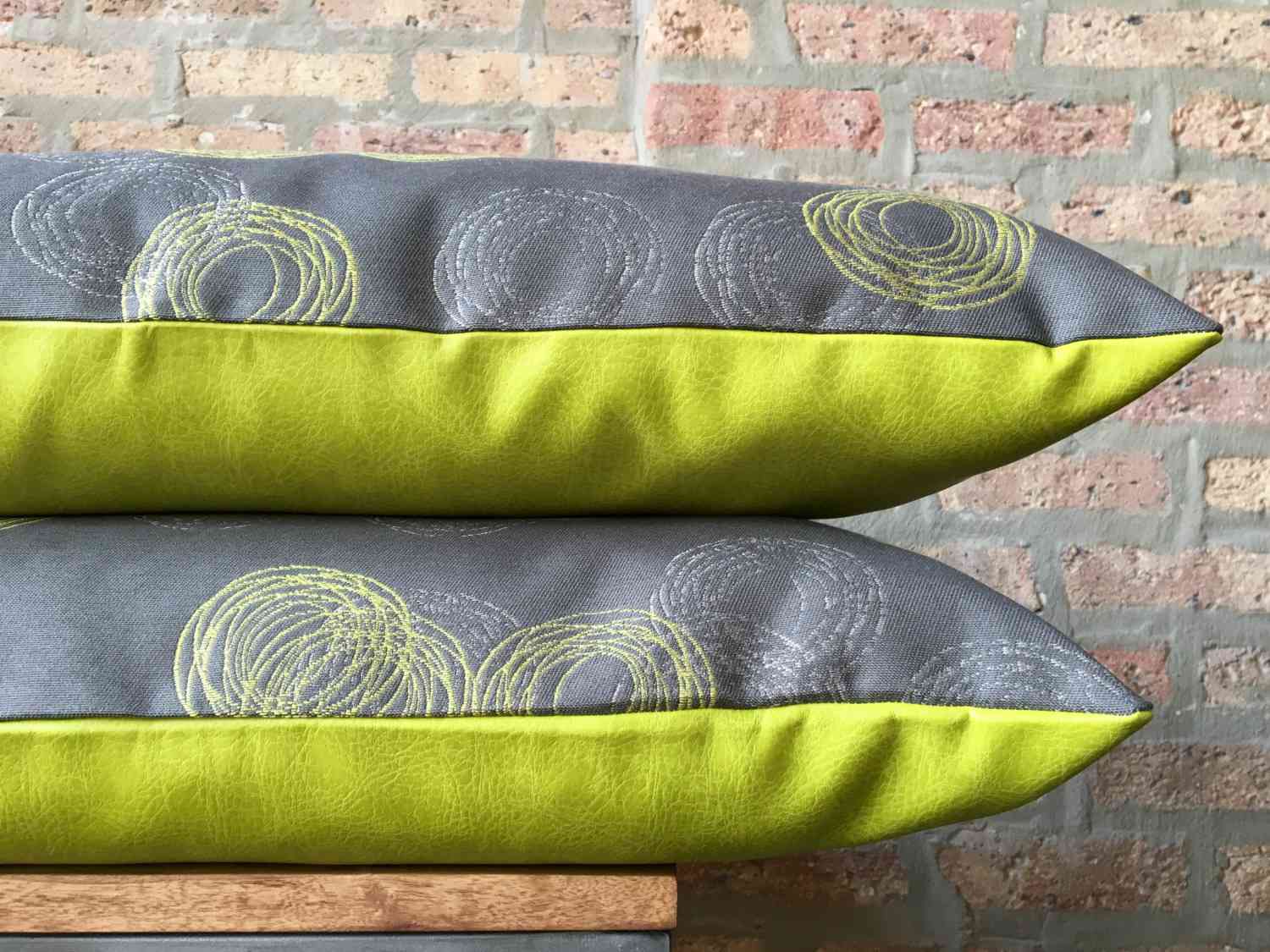

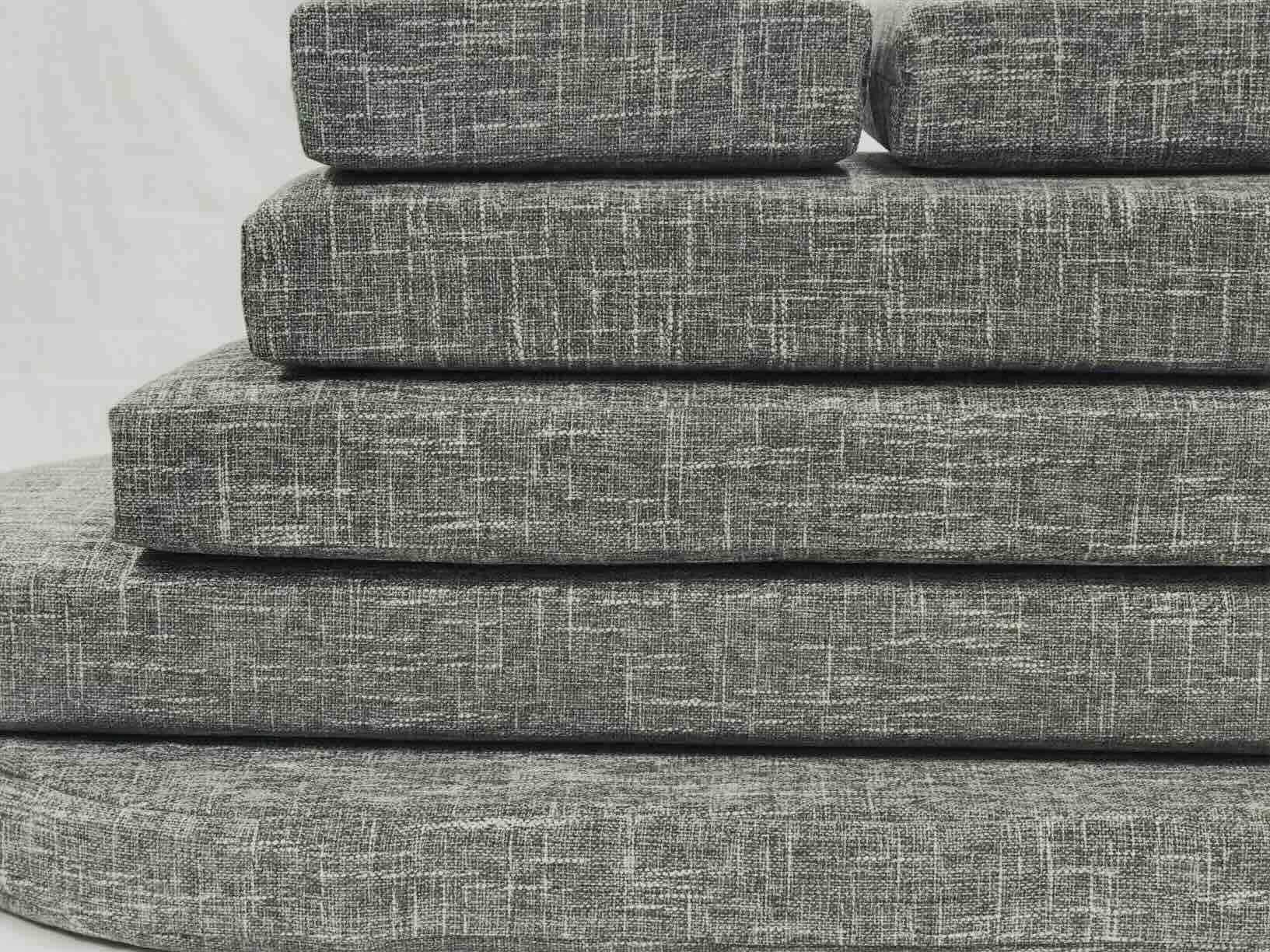

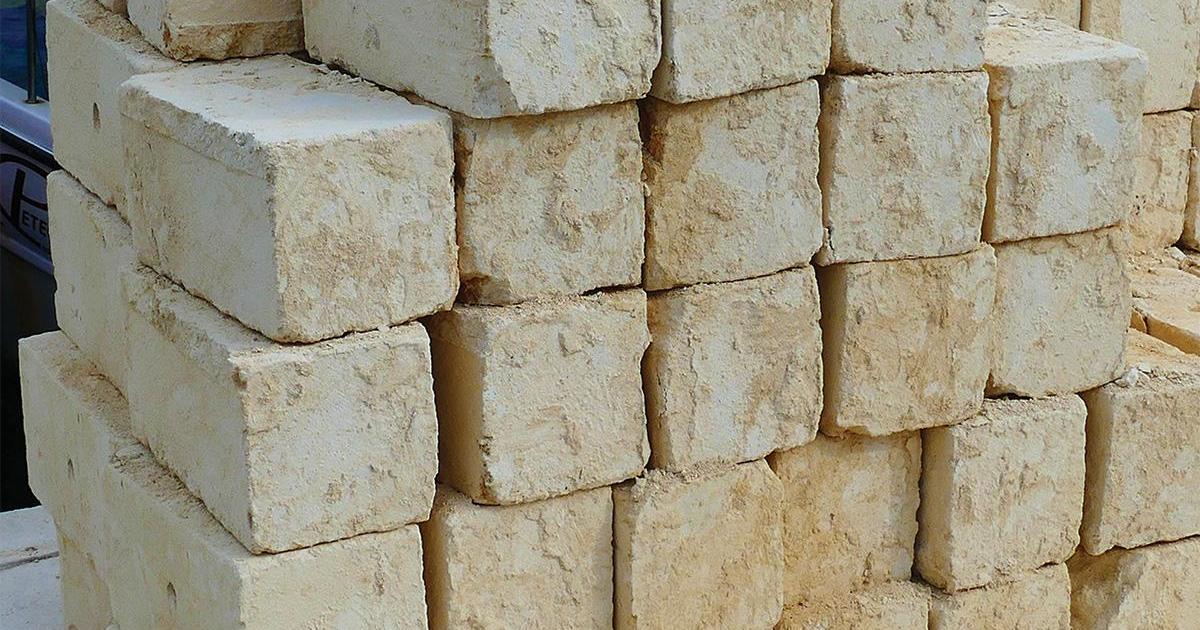
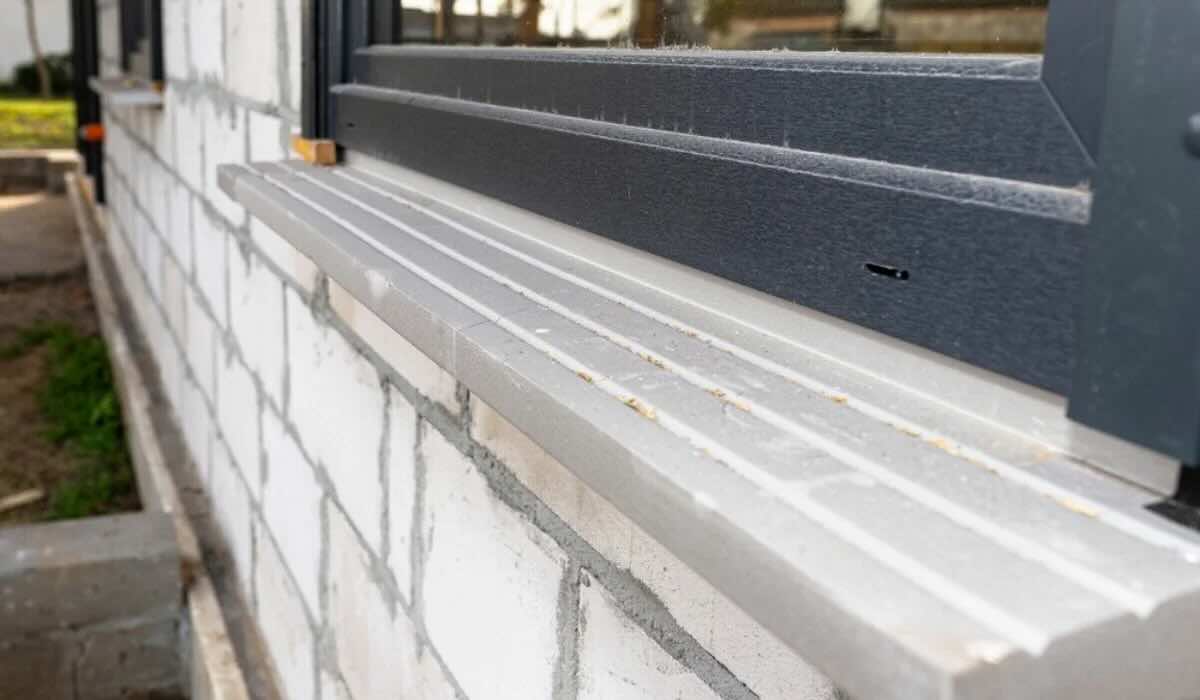
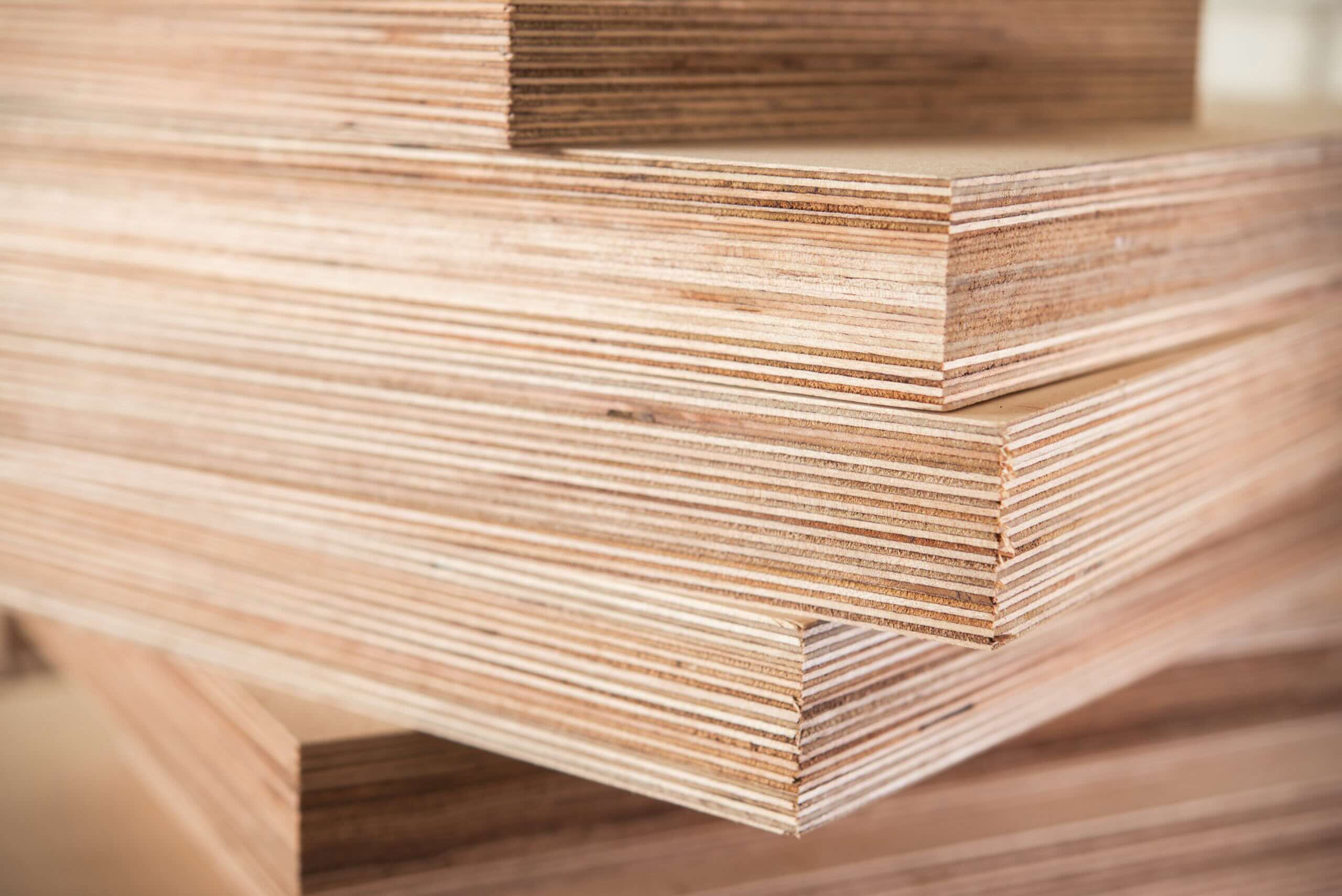
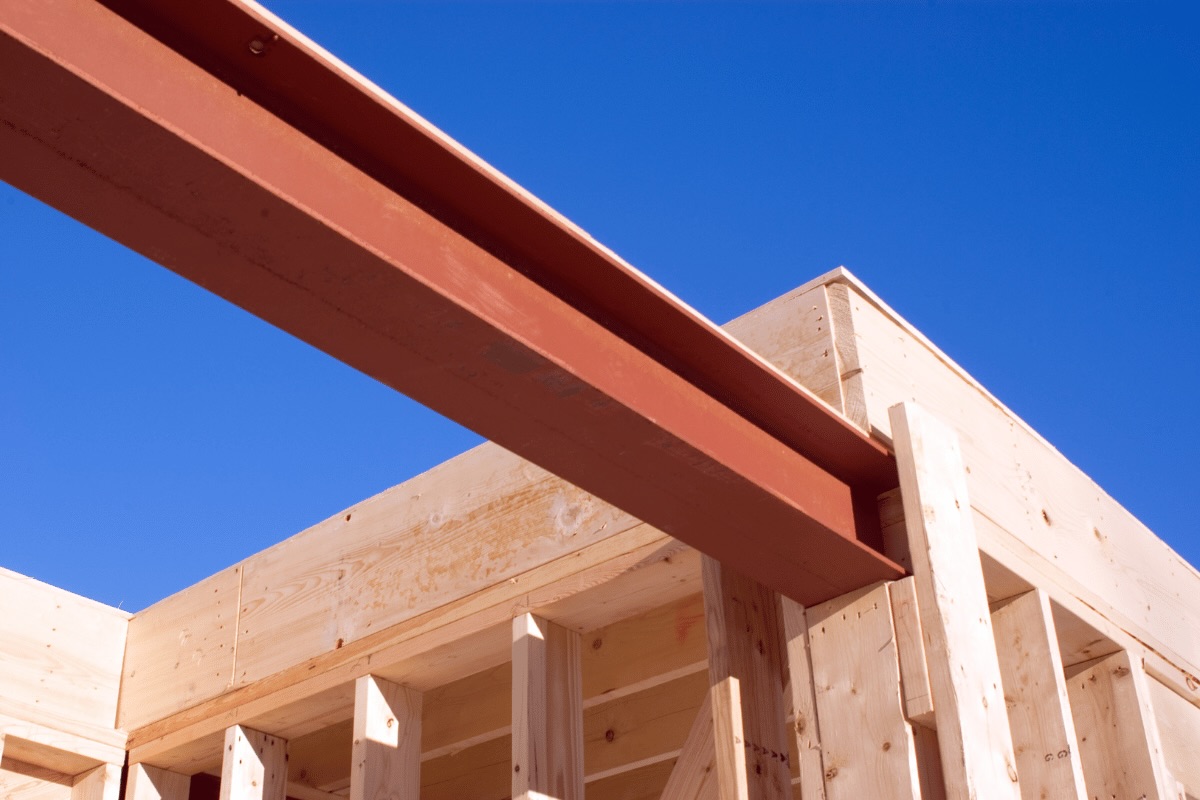
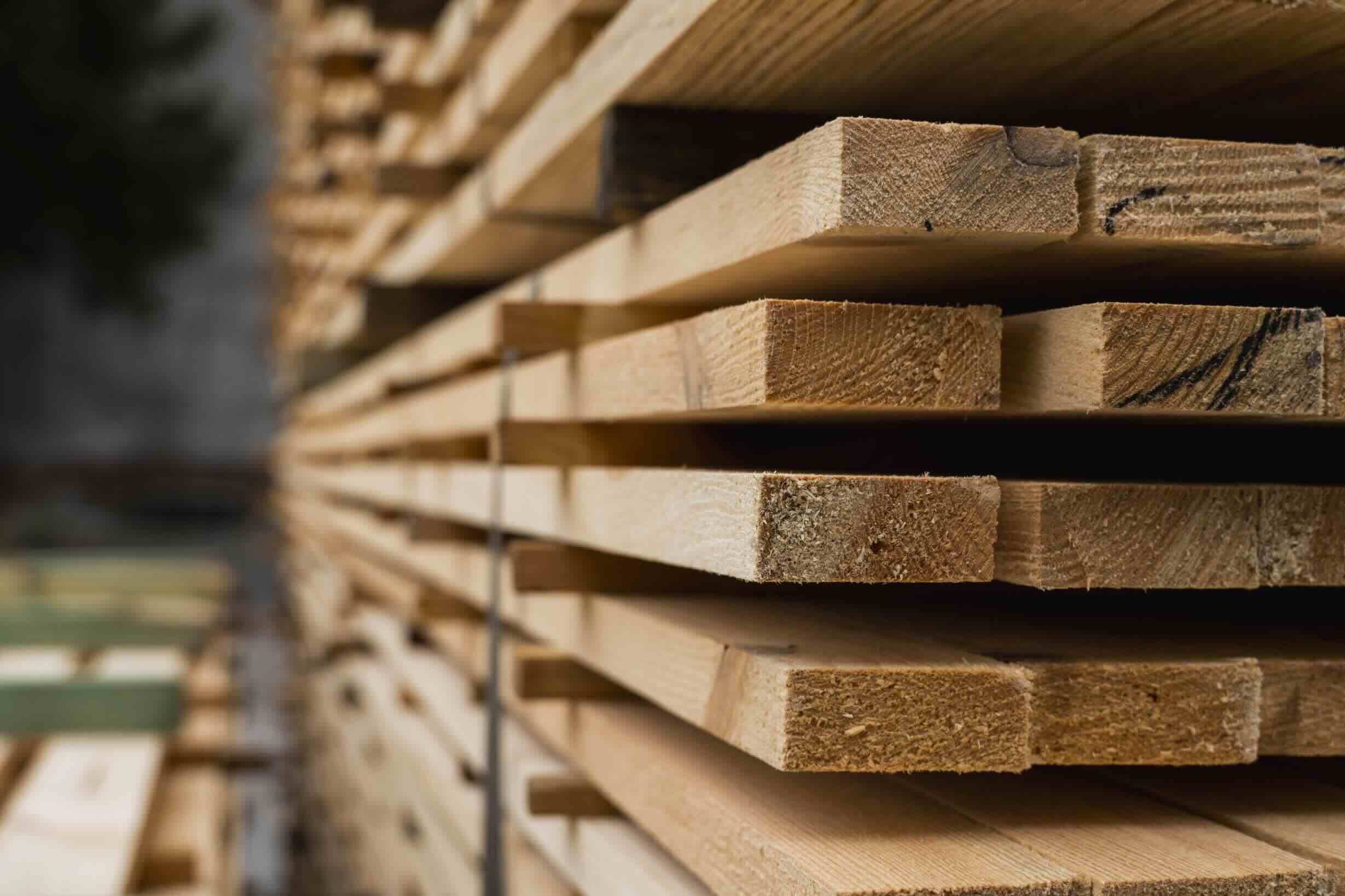

0 thoughts on “What Structure Used Digital Fabrication In Its Construction?”